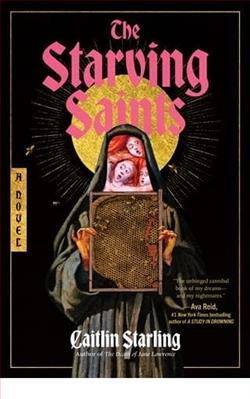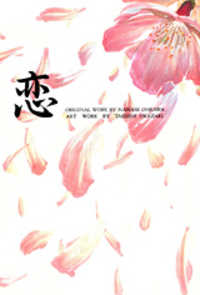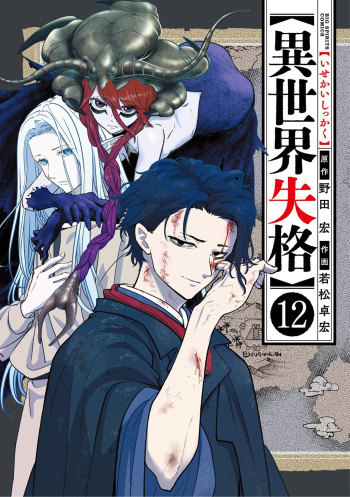
The Starving Saints

Summary

The Starving Saints
From the nationally bestselling author of The Luminous Dead and The Death of Jane Lawrence, a transfixing fever dream of medieval horror following three women in a besieged castle that descends ravenously into madness under the spell of mysterious, godlike visitors.
Aymar Castle has been under siege for six months. Food is running low and there has been no sign of rescue. But just as the survivors consider deliberately thinning their number, the castle stores are replenished. The sick are healed. And the divine figures of the Constant Lady and her Saints have arrived, despite the barricaded gates, offering succor in return for adoration.
Soon, the entire castle is under the sway of their saviors, partaking in intoxicating feasts of terrible origin. The war hero Ser Voyne gives her allegiance to the Constant Lady. Phosyne, a disorganized, paranoid nun-turned-sorceress, races to unravel the mystery of these new visitors and exonerate her experiments as their source. And in the bowels of the castle, a serving girl, Treila, is torn between her thirst for a secret vengeance against Voyne and the desperate need to escape from the horrors that are unfolding within Aymar’s walls.
As the castle descends into bacchanalian madness—forgetting the massed army beyond its walls in favor of hedonistic ecstasy—these three women are the only ones to still see their situation for what it is. But they are not immune from the temptations of the castle’s new masters… or each other; and their shifting alliances and entangled pasts bring violence to the surface. To save the castle, and themselves, will take a reimagining of who they are, and a reorganization of the very world itself.
Read The Starving Saints on http://kissnovel.net
Martial Peak Reviews
The Starving Saints Novel Online Reader Tip:
Click on the The Starving Saints novel online or You can adjust the font settings to control the size of the content.use left-right keyboard arrow keys to go to the next chapters. www.kissnovel.net is your best place to read The Starving Saints online. You can also go novel directory to read other series or check latest novel updates for new releases The Starving Saints released in kissnovel.net fastest, recommend your friends to read The Starving Saints now!
Tags: read The Starving Saints english, The Starving Saints raw novel, The Starving Saints online, The Starving Saints chap, The Starving Saints chapter, The Starving Saints high quality, The Starving Saints web novel scan,caitlin starling,starving,saints,





















Reviews 0
Post a Reviews: